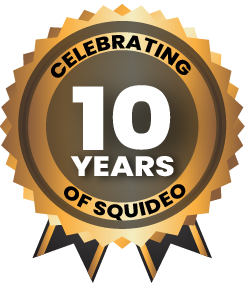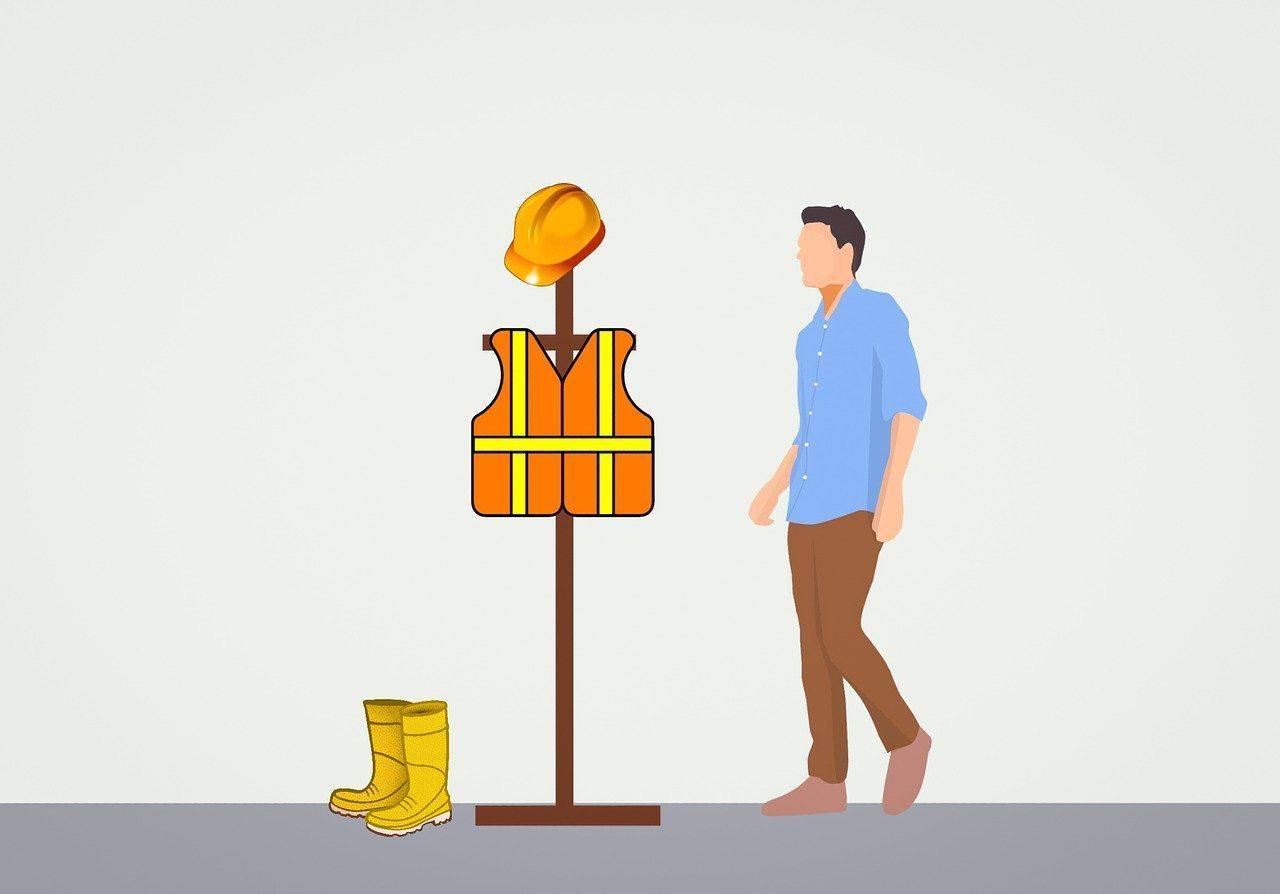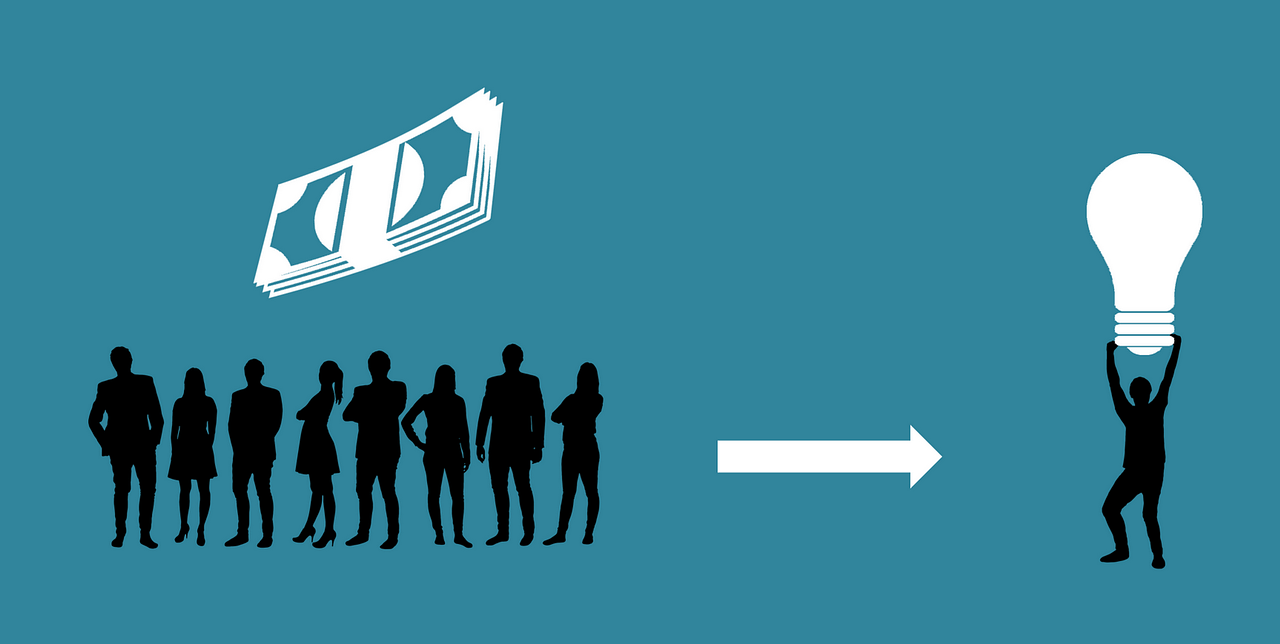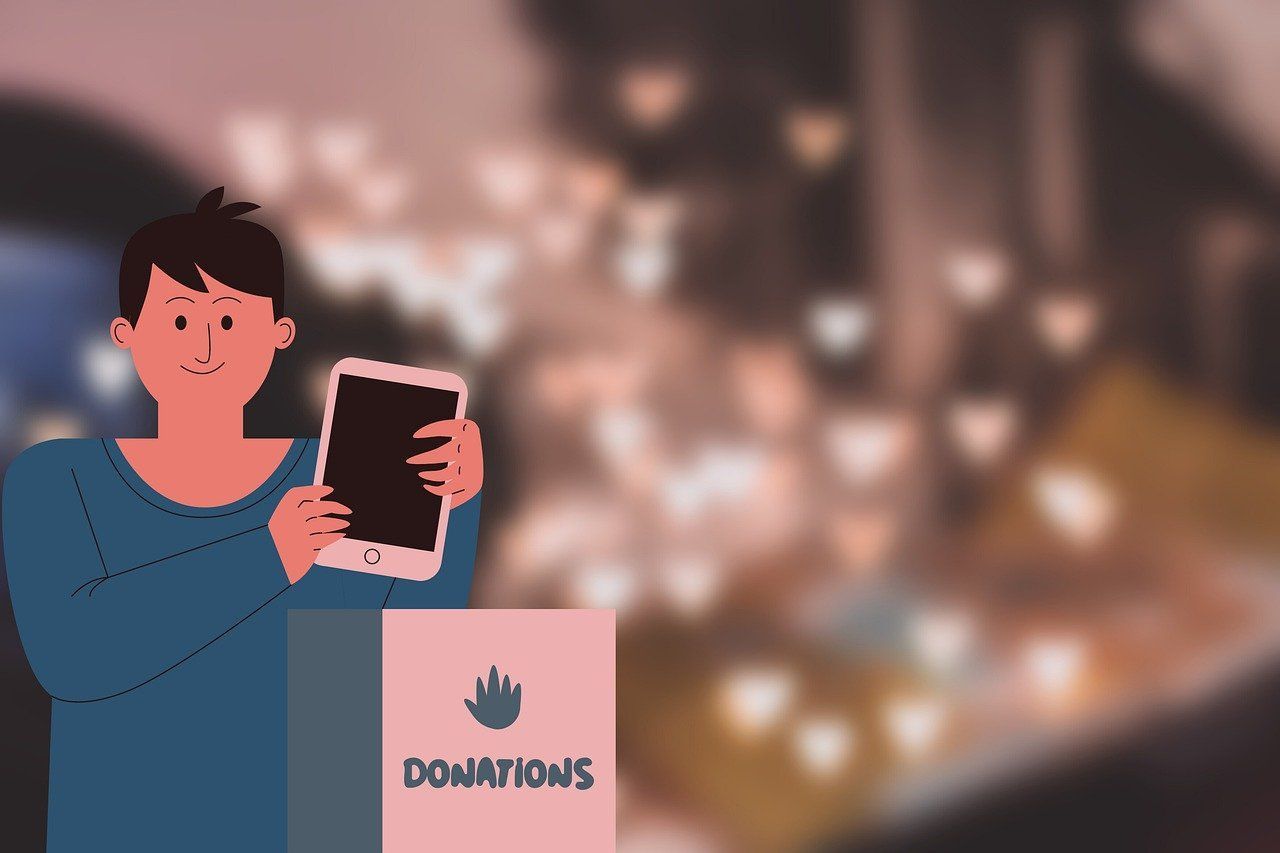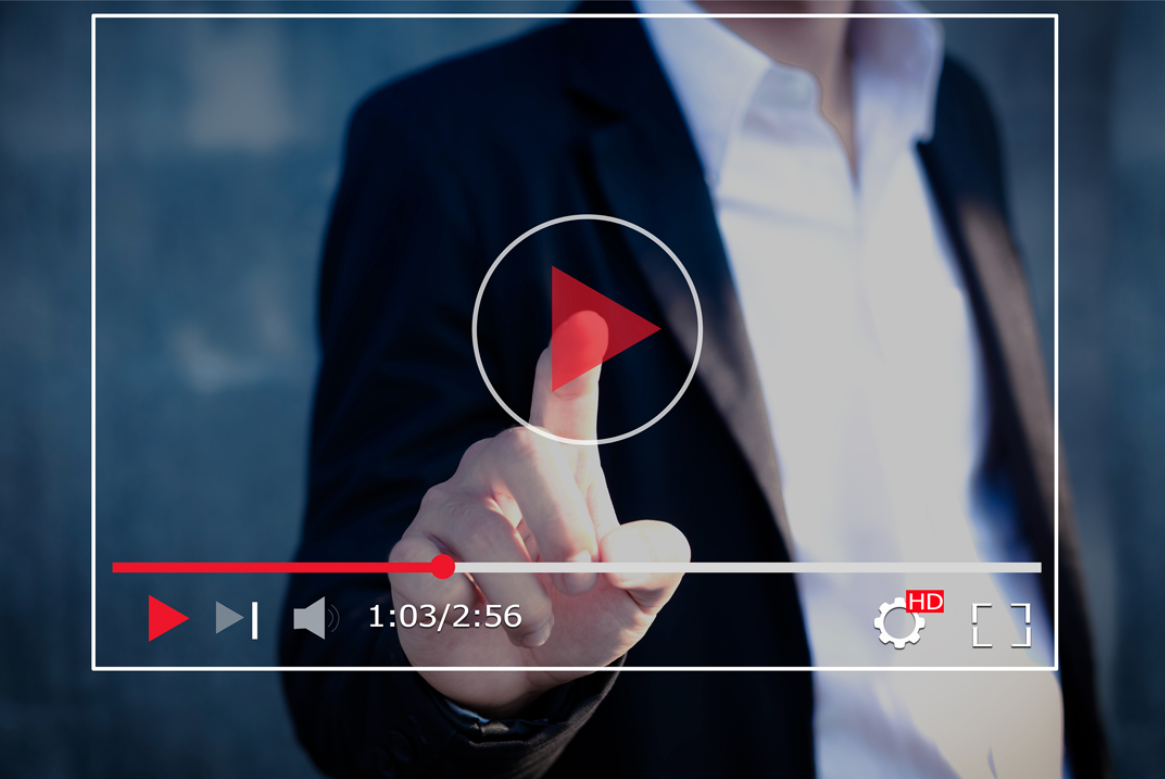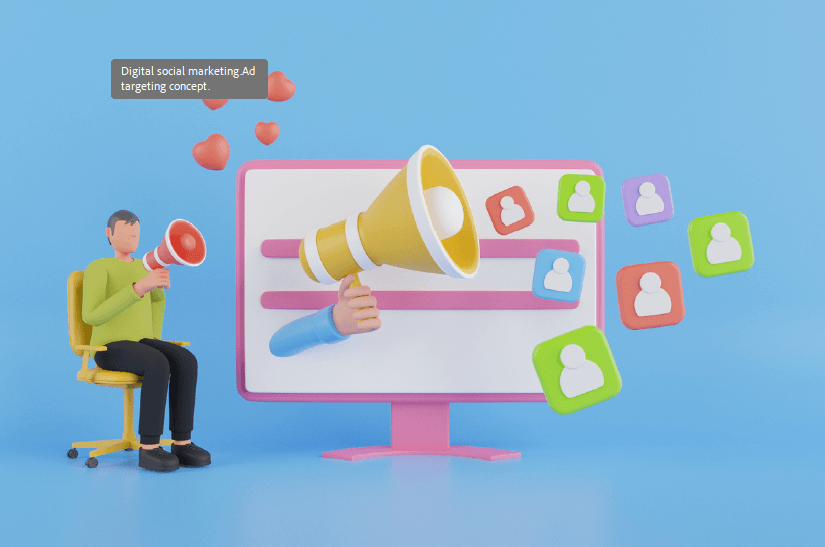What is Motion Graphics?
Motion graphics is, in its simplest terms, graphics (images) with motion (movement). Unlike live-action, motion graphics is rooted in graphic design. From cartoons to memes, from animated infographics to television adverts, there is no shortage of motion graphic content on our billboards, televisions and phones.
Motion graphic content usually incorporates additional features, such as animated text, music and voiceovers. They can also be spliced with or overlaid on live-action footage and animation.
Using motion graphics, especially in a video, is an effective way to communicate information and capture a large proportion of modern internet users. In 2022, 82% of all internet traffic were video views. YouTube remained the second most popular website in the world and the average view time of video rose to a worldwide total of 1 billion hours every single day.
What are the Benefits of Motion Graphics?
The versatility of motion graphics and wide viewership of
motion graphic video is just the start of this medium’s benefits. Whatever your requirements, motion graphics can get your message across effectively and creatively.
1. Educate, Don’t Exterminate
At the start of the COVID-19 pandemic, there was a deluge of information trying to explain what the virus was and how the public could protect itself. Thinking back on those early months, what video helped you to understand what was going on? A short motion graphic video? Or one of Jonathan Van-Tam’s PowerPoint presentations?
A short motion graphic video easily distils a complex process, reinforcing content through imagery, onscreen text and audio. In 2021, Insivia reported that viewers retain 95% of a message when they watch it in a video, compared to just 10% when reading it in a text.
2. Once Upon a Time
For over a century, moving images have been used across the globe to tell stories. More accessible than ever before, motion graphics can encapsulate a brand, propel a narrative and enrapture an audience. It’s not necessary to hire an A-list cast, high-budget director and sound studio to tell a story though.
Particularly effective when paired with narration or music, graphics can be used to tell a story and reinforce the message to an audience.
3. What’s the Point?
A call-to-action is important with any medium, and motion graphics are no different. Creating motion graphics is an investment in time and money, as such there should be a measurable outcome. Whether its converting viewers to customers, boosting subscriber numbers or raising awareness, underline your point with a call-to-action.
Visit our website! Subscribe! Buy Now! …You get the gist. Whatever your choice of CTA, if it is said through a motion graphic your point will be memorable.
4. Reuse. Repurpose. Recycle.
Once made, a motion graphic can be shared repeatedly on your platforms, shortened for distribution on social media, or even inserted into new content.
The easy reusability of motion graphics makes them an effective long-term investment, particularly when compared to live-action material. Live-action footage has the potential to quickly date, especially if it features a changeable workforce, location or branding. Motion graphics are more enduring, and easily updated if required.
5. Sharing is Caring
In 2021, Wordstream reported that 92% of users watching video on mobile will share it with others. Video is considerably easier to share than most other formats, as they can be distributed across social media platforms, text messages and emails.
Consider the platform your motion graphic will be uploaded to in order to determine whether it needs to be produced in multiple dimensions for ease of sharing.
What are Motion Graphics Used For?
Motion graphics have a host of benefits, but how can you use them to your advantage? Here are some of Squideo’s tips on the most popular placements and uses of motion graphics. If you would like additional expertise, don’t hesitate to
get in touch with us.
1. Advertisements
Motion graphics were, once upon a time, the poorer relation of live-action in the world of advertisements and Mad Men; used by businesses with limited marketing budgets. Nowadays, its possible to create high-quality, creative and entertaining advertisements solely with motion graphics.
2. Explainer videos
Explainer videos are a fantastic marketing tool and can either be distributed externally to customers or shared internally with staff. Explainer videos combine a script, storyboard, background music, voiceover, sound effects, animation and motion graphics to bring together your ideas.
3. Infographics
Seeing the cost of gas soar then watching the value of the pound tumble, news channels love to put a motion (info)graphic to terrifying use. Whether you’re looking to raise awareness with shocking statistics or share the excitement of growth with charts, animated infographics make the biggest impact when brought to life with motion.
4. Logos
We’ve already mentioned that YouTube is the second most popular website in the world, so let’s mention the first: Google. And when we say “Google!” you say “Doodle!” The Google Doodle has become synonymous with logo motion graphics, and for good reason. They’re eye-catching and fun, which makes the Google logo memorable.
Do the same for your brand with a motion graphic logo. No longer limited to website pages, motion graphic logos can also be implemented on select social media platforms and are likely to become supported on more platforms over the next few years.
5. Presentations
Avoid the risk of ‘Death by PowerPoint’ by adding motion graphics to presentations. Whether delivered face-to-face or virtually, motion graphics help capture an audience’s attention and add dimension to a presentation.
6. Short films
Motion graphics can be used solely or in combination with animation and live-action to create short films. When set to music, combined with narration, or accompanying powerful imagery, motion graphics can be used to highlight important parts of a story or simplify an intricate narrative.
For a quick overview at the difference between motion graphics and animation, look at the difference between these two videos.
7. Title sequences and credits
You decided, despite everything, to go with live-action over motion graphics at the end of this blog. But did you really escape motion graphics? From the 1950s onward, motion graphics have been the cornerstone of title sequences and credits. Pioneered by the likes of Saul and Elaine Bass, graphic design changed these sequences from monotonous lists to entertaining segments which set the tone of an entire production.
8. UI animations
User-Interface animation is motion graphics designed for interaction with a viewer. Simply put, UI makes graphics move either in response to a user, or to prompt interaction from a user. There are three main uses of UI animations:
- Loading and progress. Typically a loading bar or status wheel showing the progress of a download or installation.
- State changes. Commonly found on a digital form, these UIs change as information is added. Think of a red line around a box that remains until you enter the required information: that’s a state change UI animation.
- Navigation. Designed to help users find their way through a website, programme or game. It can come in the form of moving arrows or pop-up graphics and text.
UI animations not only simplify processes for your userbase, but their interactive nature makes them more stimulating which in turn helps retain your customer’s attention.
Get Started With Your Motion Graphics Video
Watch our video below to get a better understanding of how we can create motion graphics and motion graphic videos to suit your project brief.
If you want to discuss how a motion graphic or one of our videos can benefit your business, get in touch with the Squideo team today!



